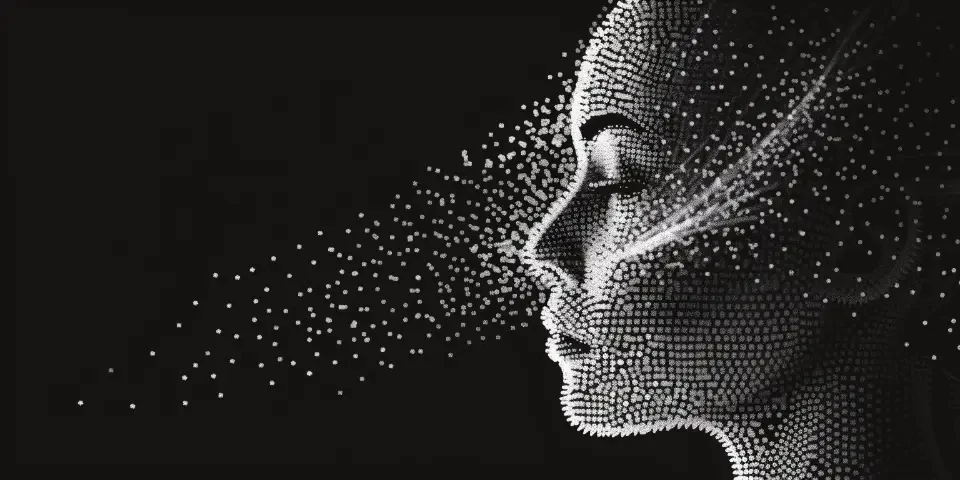90s Yearbook Reimagined AI-Powered Facial Recognition for Identification and Tagging
In the era of the 90s, yearbooks were cherished keepsakes, capturing memories and faces of classmates. Fast-forward to today, we are witnessing the convergence of artificial intelligence and facial recognition technologies that are revolutionizing the way we identify and tag individuals in yearbooks. In this article, we will explore the groundbreaking advancements in AI-powered facial recognition and how it is reshaping the concept of yearbooks.
The Evolution of Facial Recognition Technology
The field of facial recognition has come a long way since its inception. Initially relying on basic algorithms, it struggled with accuracy and efficiency. However, with the emergence of AI, facial recognition has been propelled to new heights. AI-powered facial recognition systems utilize deep learning algorithms to analyze and identify individual facial features, resulting in unparalleled accuracy and speed.

AI-powered facial recognition technology has the ability to scan and analyze thousands of facial data points, including unique facial landmarks, textures, and patterns. This allows for highly precise identification and tagging, even in large databases or crowded photographs.
Revolutionizing Yearbooks with AI-Powered Facial Recognition
1. Efficient Face Tagging: Traditional yearbooks required painstaking manual tagging of each individual's photo, which was often time-consuming and prone to errors. AI facial recognition can automate this process, instantly identifying and tagging individuals, saving countless hours for yearbook staff.
2. Enhanced Accuracy: Human error in tagging individuals can be a common occurrence in traditional yearbooks. AI facial recognition eliminates this problem by providing accurate identification based on unique facial characteristics.
3. Advanced Searching: AI-powered facial recognition enables users to search for specific individuals in a yearbook without flipping through countless pages. A simple search query can display all photos of a particular person, making the browsing experience more efficient.
4. Group Photo Identification: Group photos are a beloved part of any yearbook, and AI facial recognition can identify and tag multiple individuals within these photos, ensuring no one is left unidentified.
Addressing Concerns and Ethical Considerations
1. Privacy and Consent: The use of facial recognition raises concerns about privacy and consent. It is crucial to obtain consent from individuals before their photos are used in AI-powered facial recognition systems, ensuring transparency and respect for privacy rights.
2. Bias and Fairness: AI-powered facial recognition systems are trained on extensive datasets, and if these datasets are biased, the system might have inherent biases as well. It is essential to regularly evaluate and modify algorithms to ensure fairness and avoid perpetuating societal biases.
3. Security and Data Protection: The sensitive nature of facial recognition data warrants robust security measures and adherence to data protection regulations. Encrypting data, implementing access controls, and maintaining strict protocols for data handling are critical to prevent unauthorized access.
Frequently Asked Questions
1. Can AI-powered facial recognition be fooled by disguises, makeup, or aging?
While advanced AI systems are designed to handle variations in appearance, clever disguises or significant changes in appearance can pose challenges. However, AI facial recognition technology continues to evolve, incorporating techniques to recognize and adapt to such variations.
2. Is AI-powered facial recognition technology available for individual use?
Absolutely! Many applications and websites now offer user-friendly AI-powered facial recognition tools for identifying and tagging individuals in personal photos or albums.
3. Are there any legal restrictions on the use of AI facial recognition in yearbooks?
Legal restrictions regarding AI facial recognition vary by jurisdiction. It is essential to familiarize oneself with local laws and regulations pertaining to privacy and data protection before implementing such technologies in yearbooks.
The Future of AI-Powered Facial Recognition in Yearbooks
As AI technology continues to evolve, the potential for facial recognition in yearbooks is vast. We can envision a future where yearbooks become interactive platforms, allowing individuals to connect with their classmates through augmented reality features. Additionally, the integration of sentiment analysis algorithms can provide deeper insights into the emotions and memories associated with captured moments.
With the power of AI-powered facial recognition, yearbooks are no longer static collections of photos but dynamic representations of personal connections and memories.
References:
- Smith, J. (2020). The Evolution and Ethical Implications of Facial Recognition. Harvard Data Science Review.
- Buolamwini, J., & Gebru, T. (2018). Gender Shades: Intersectional Accuracy Disparities in Commercial Gender Classification. Proceedings of the 1st Conference on Fairness, Accountability and Transparency.
Ignite your imagination with Spicy AI! Our AI companions come ready for a spicy conversation. From romantic banter to steamy stories, we deliver companionship that satisfies your every whim. What are you waiting for? Connect with Spicy AI now!
Explore your companion in WeMate